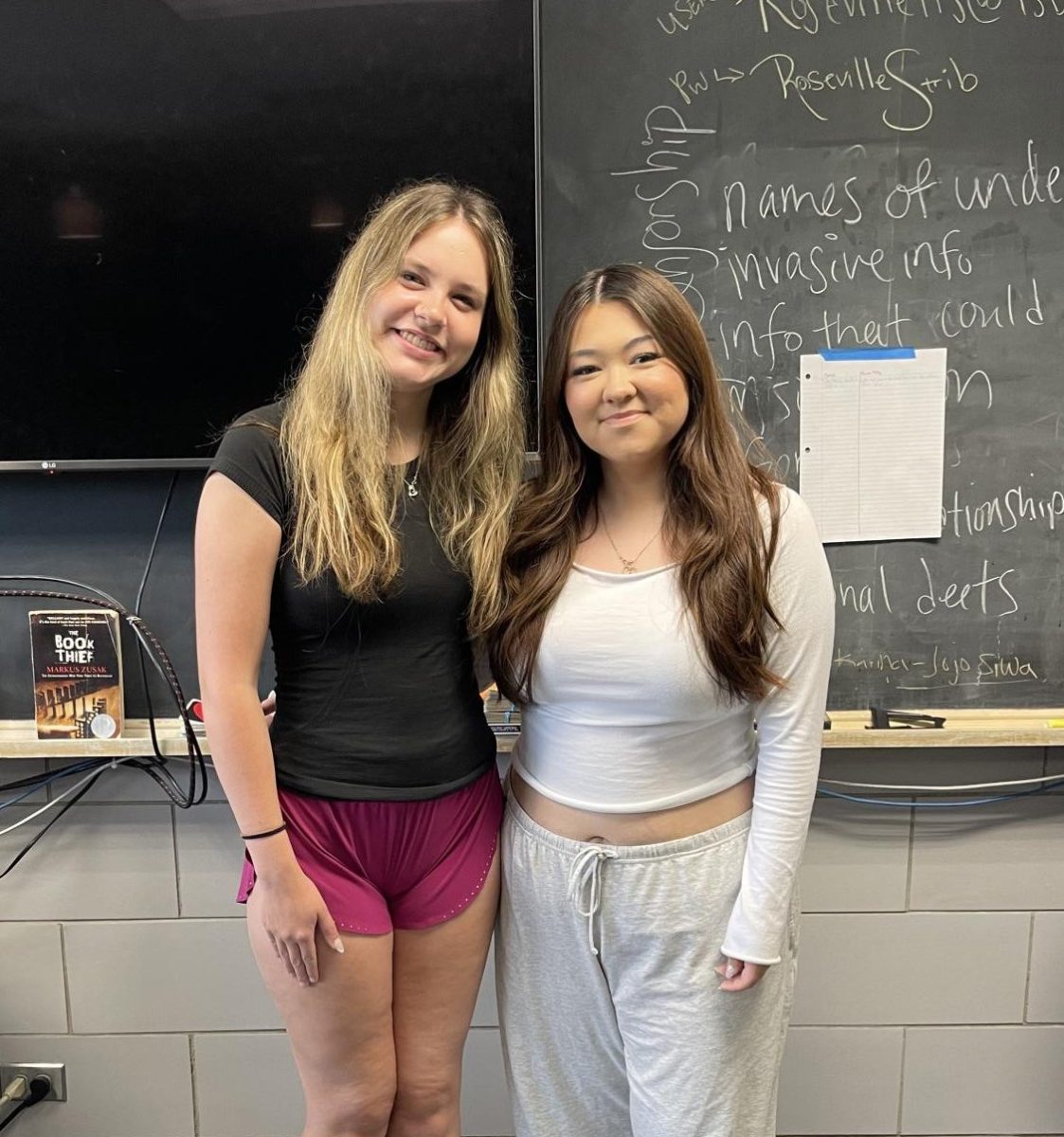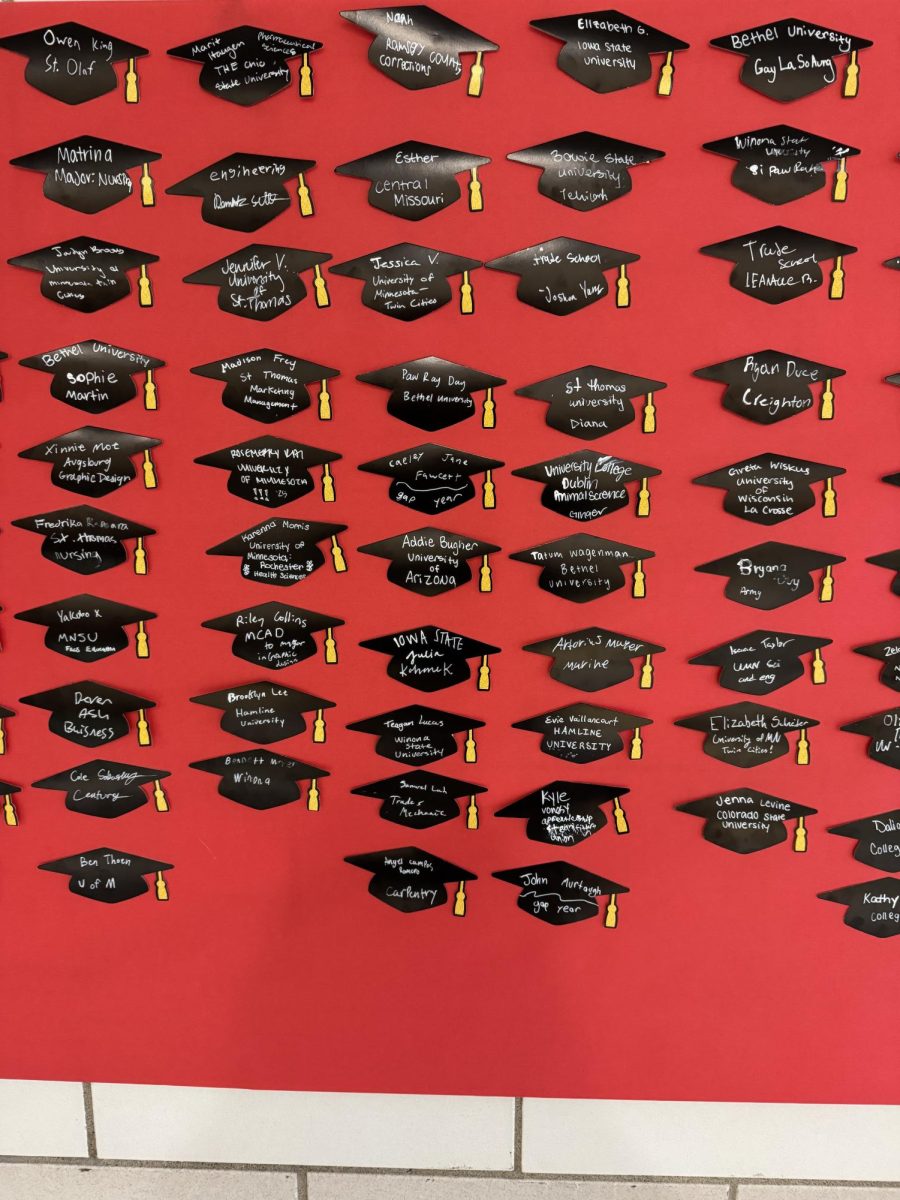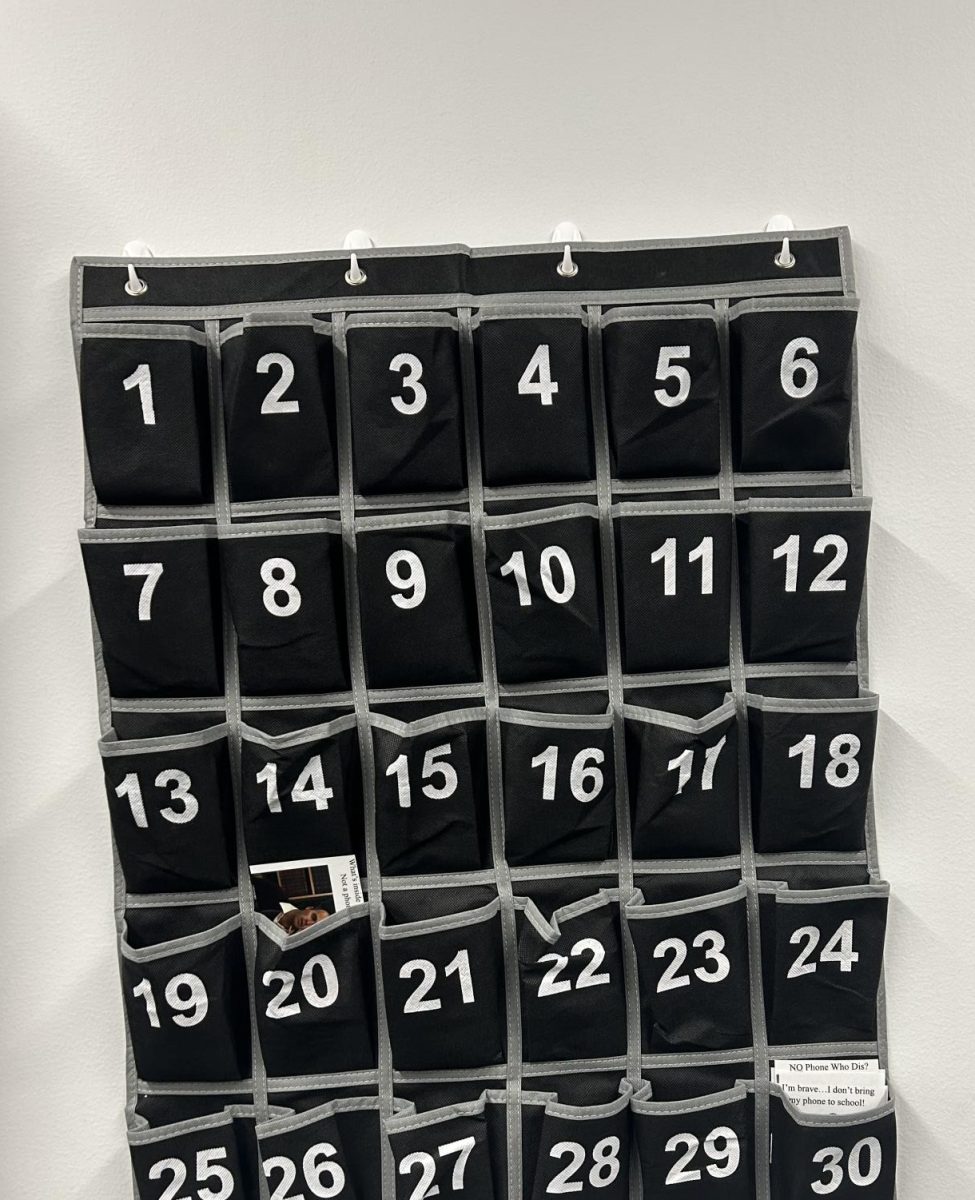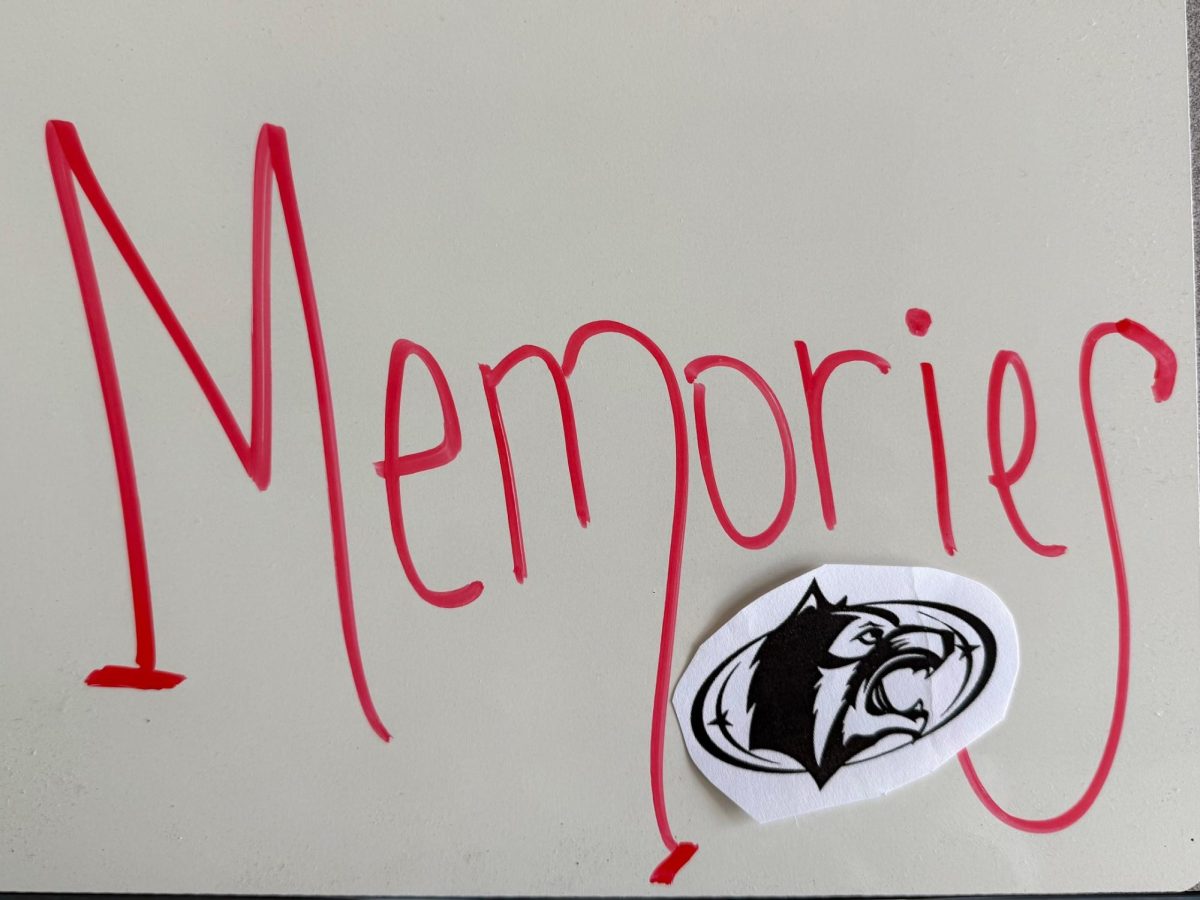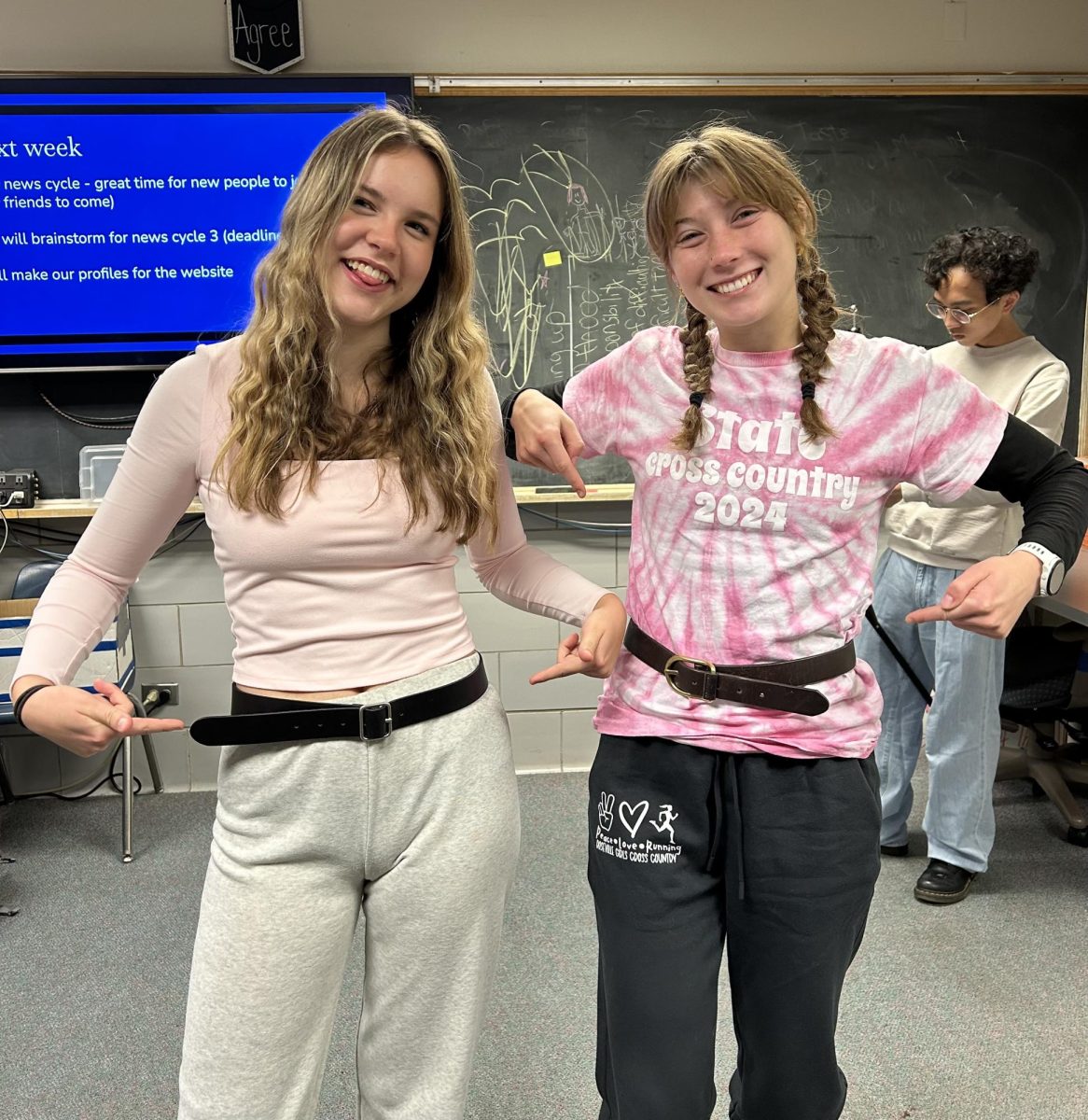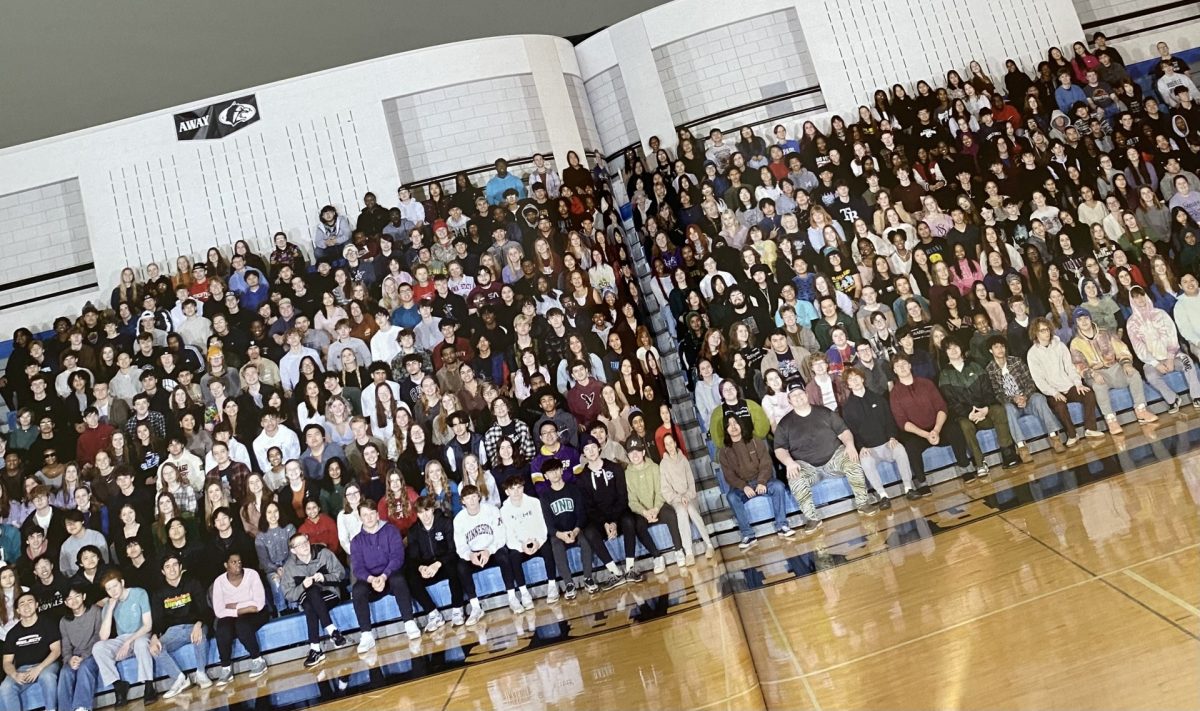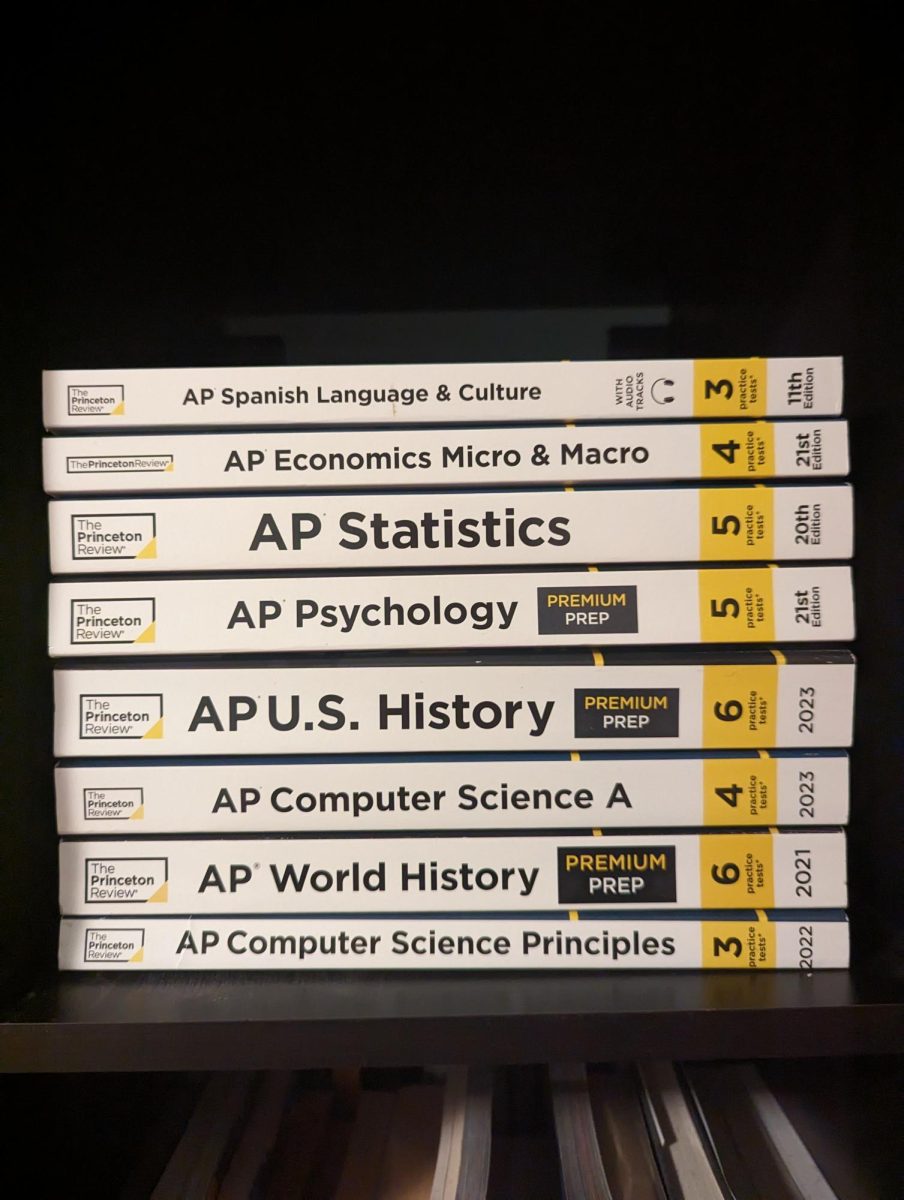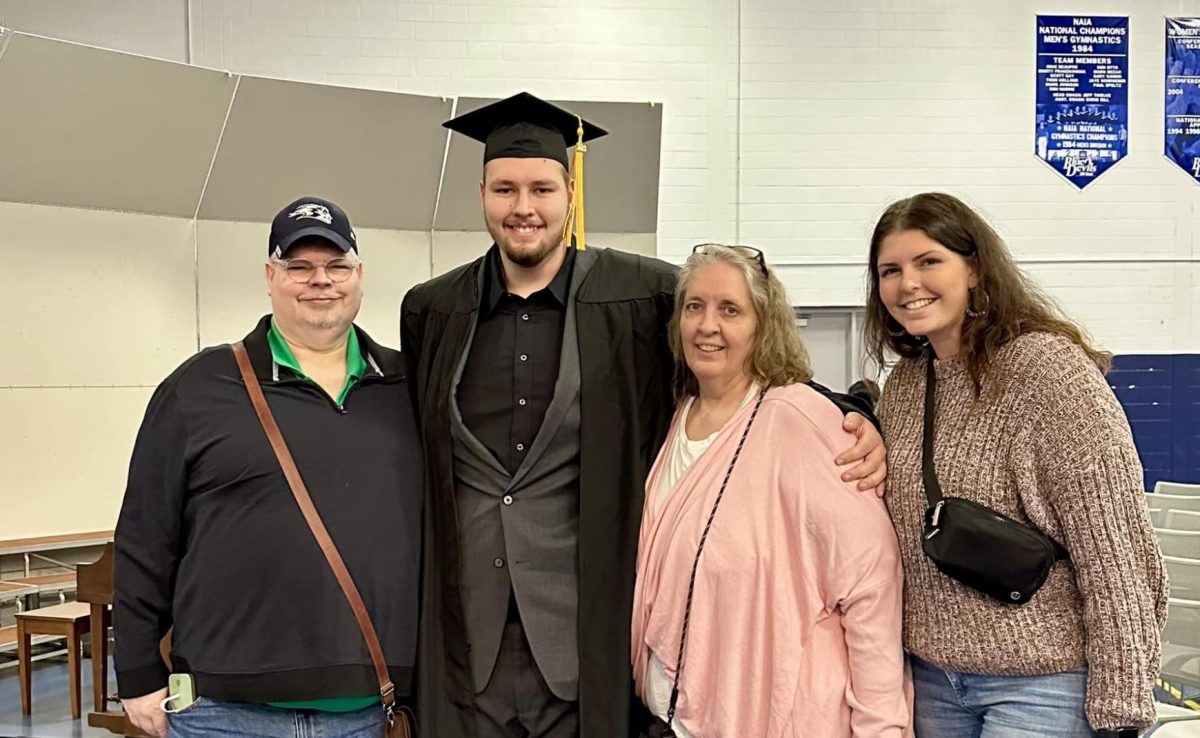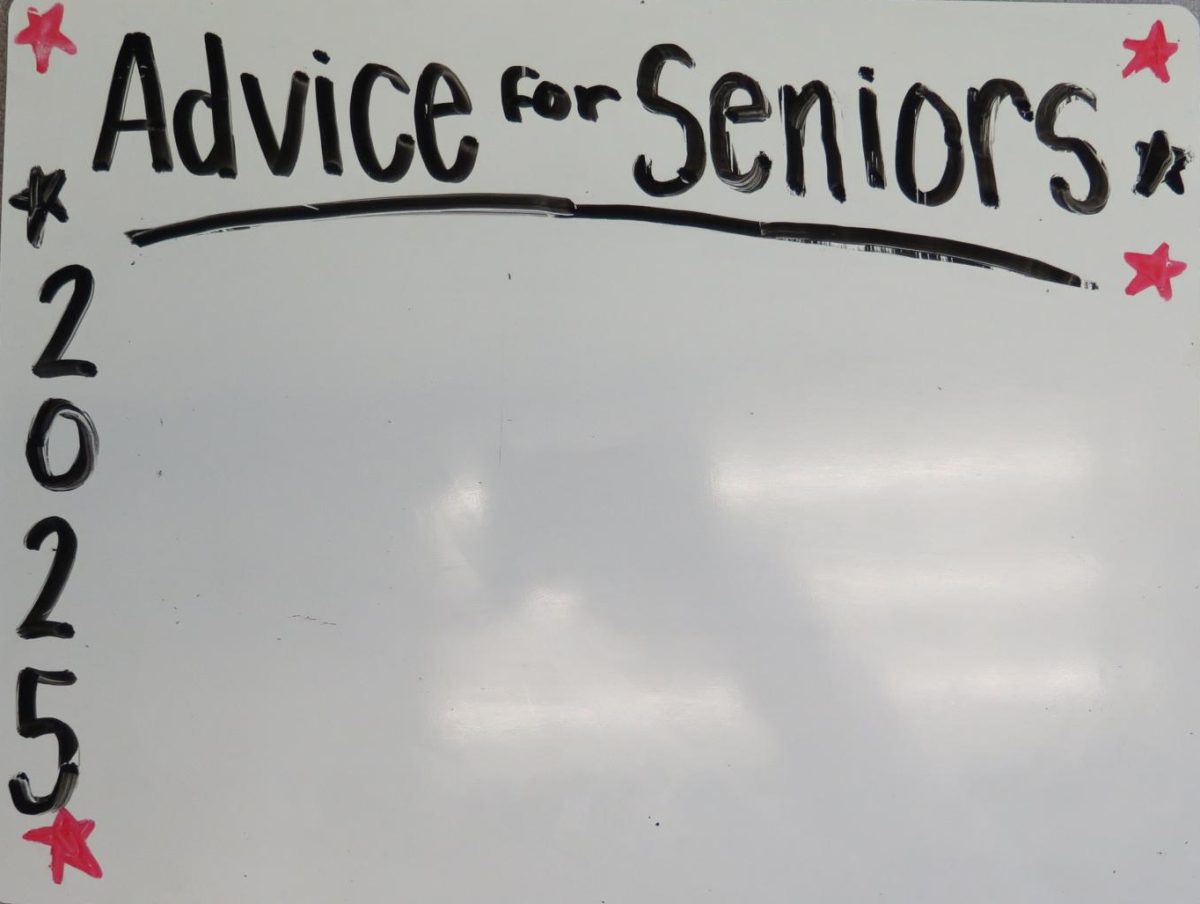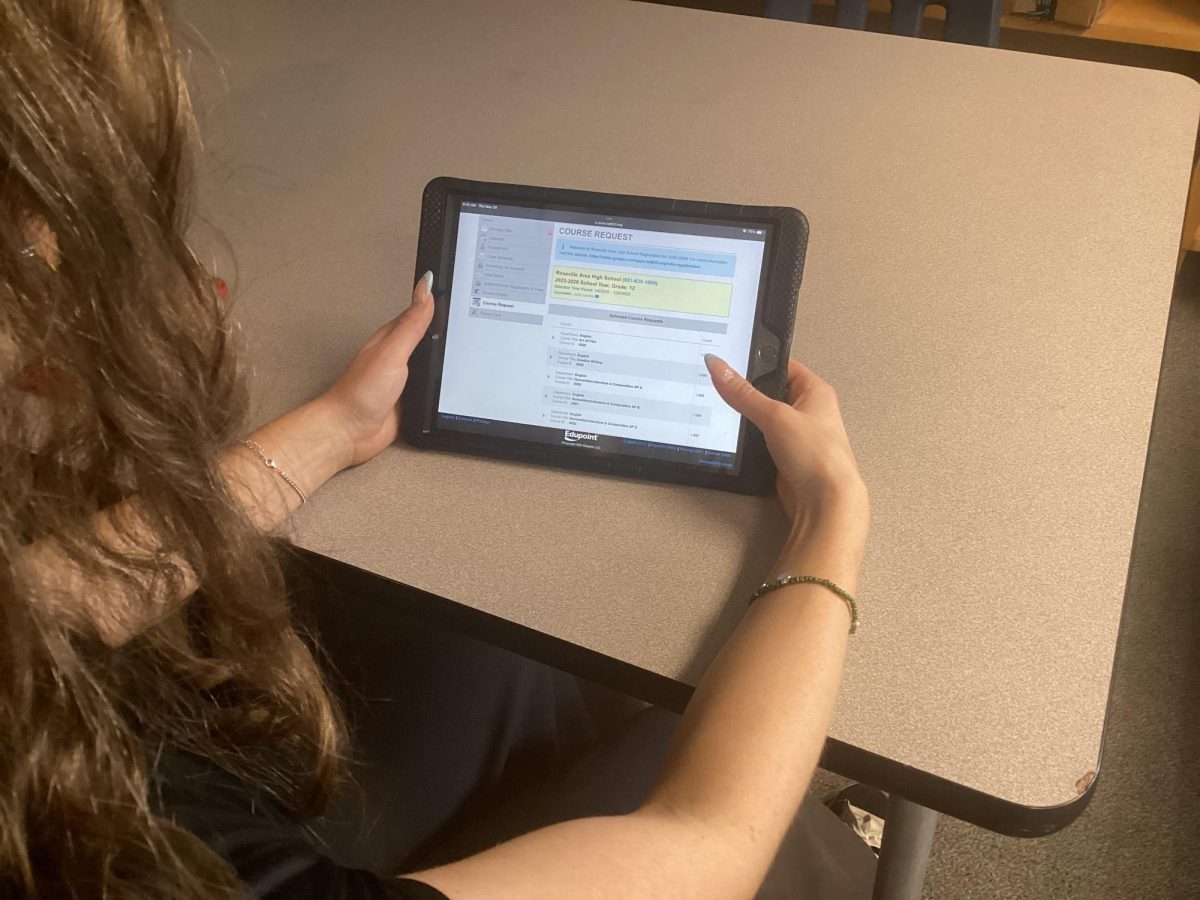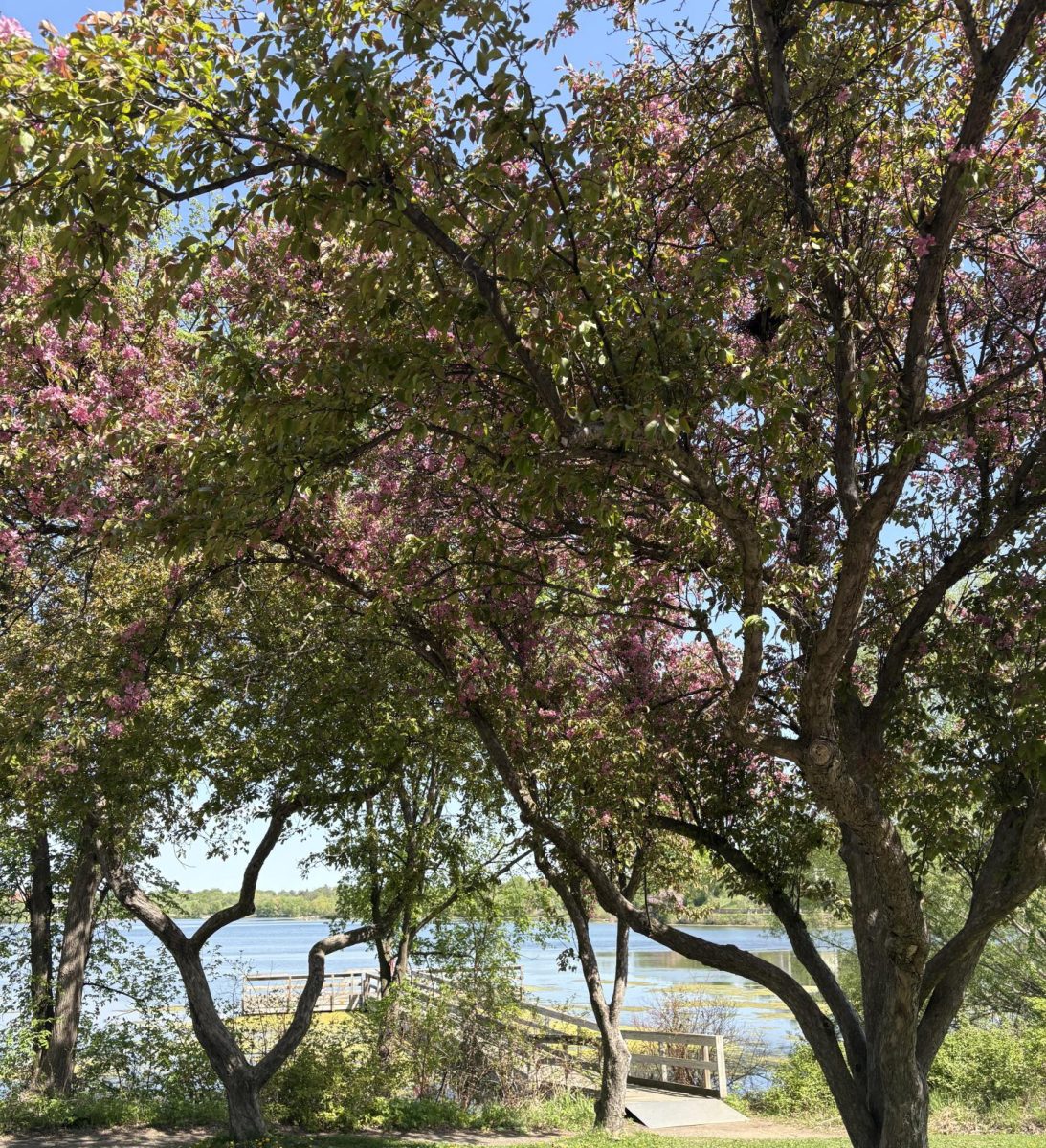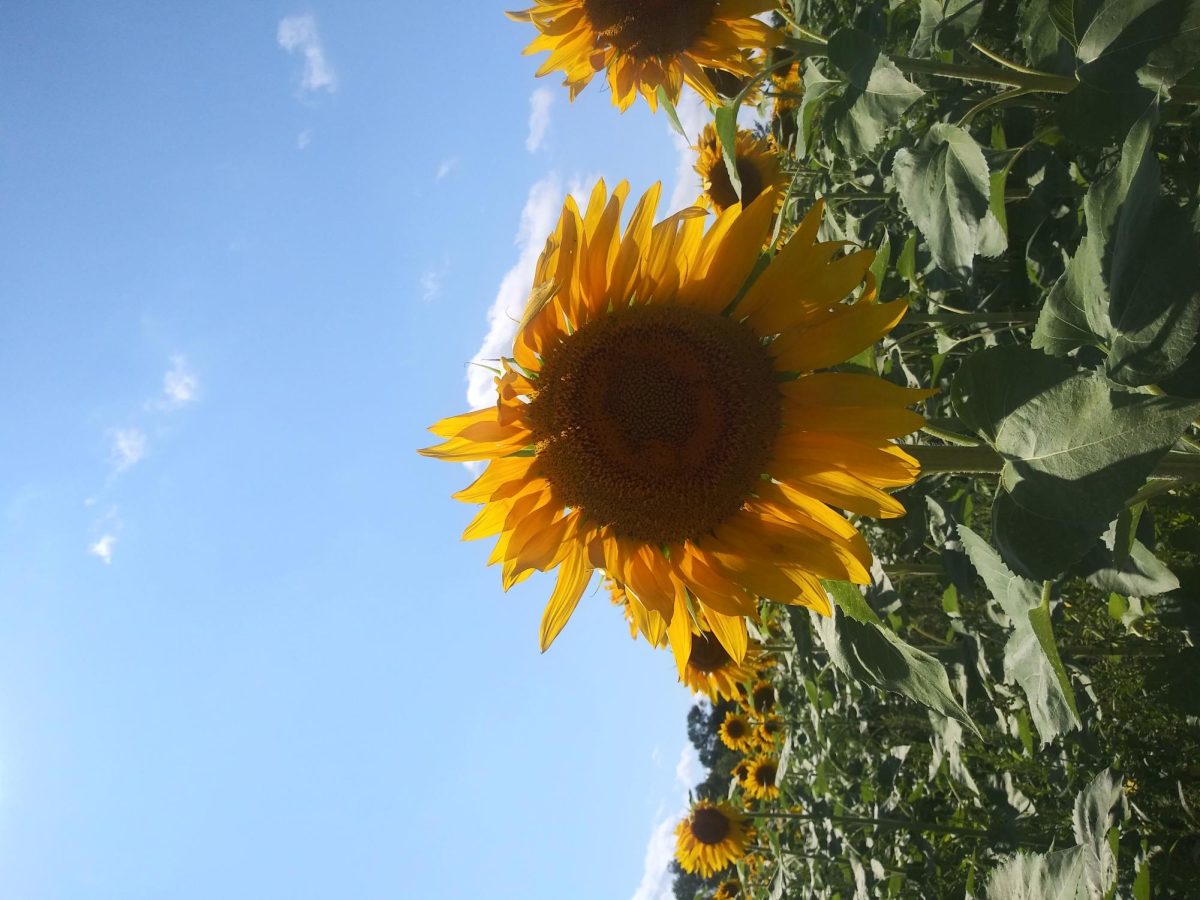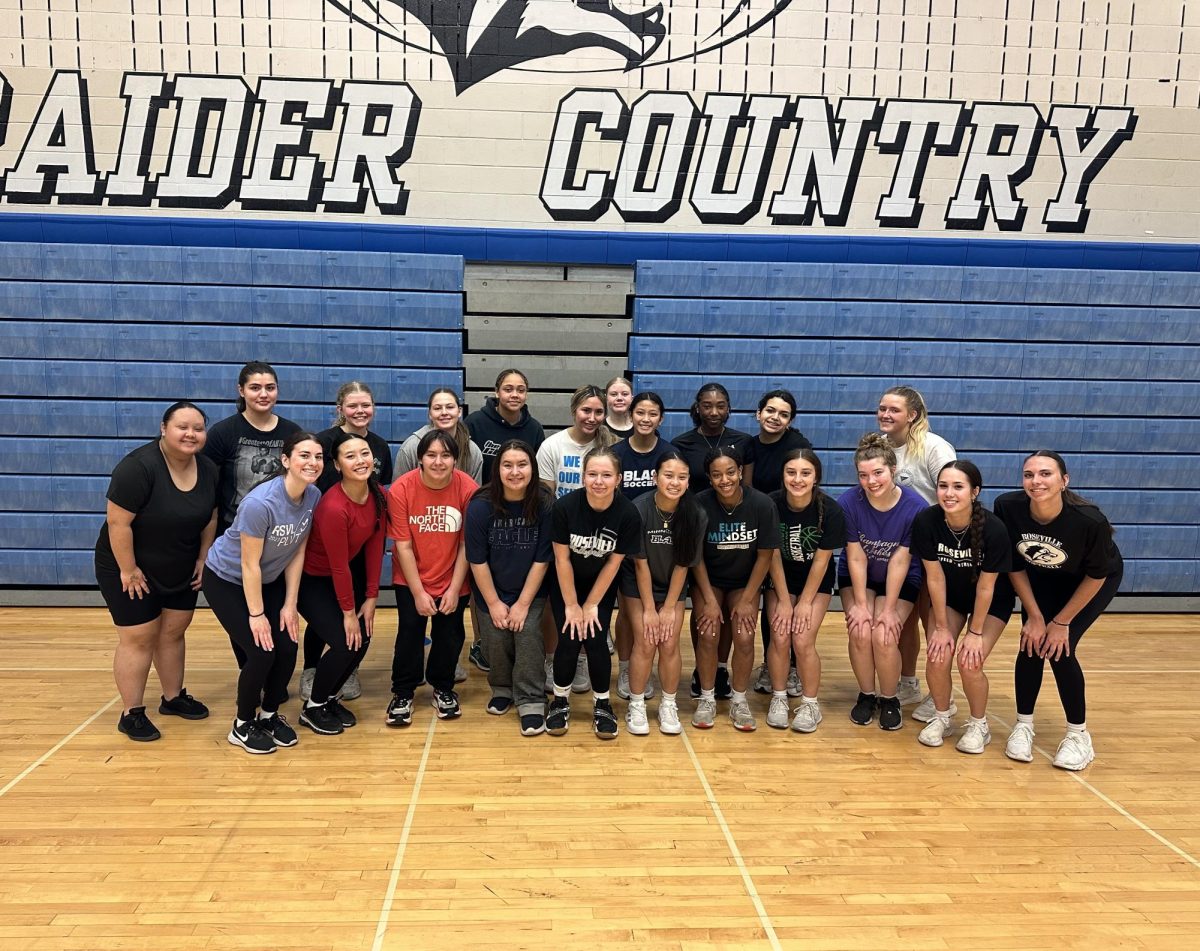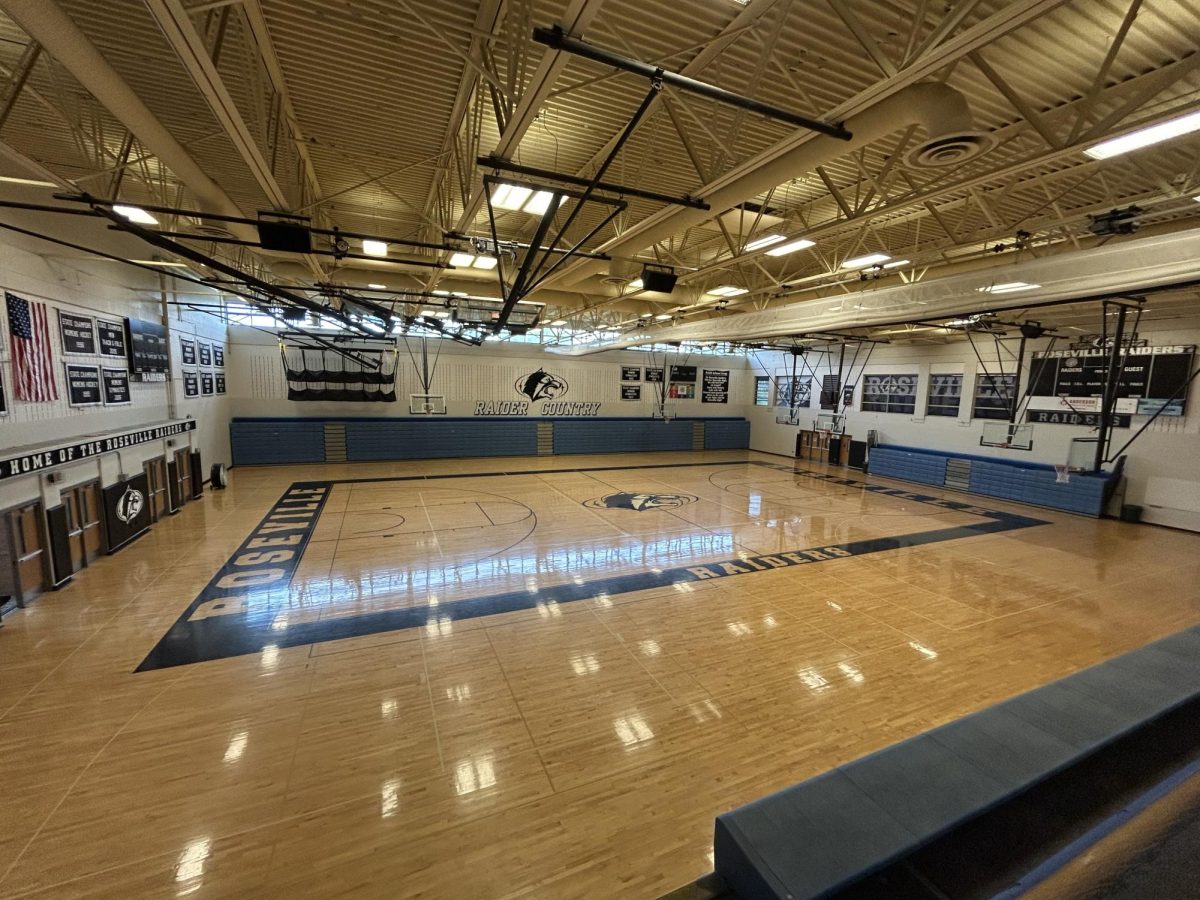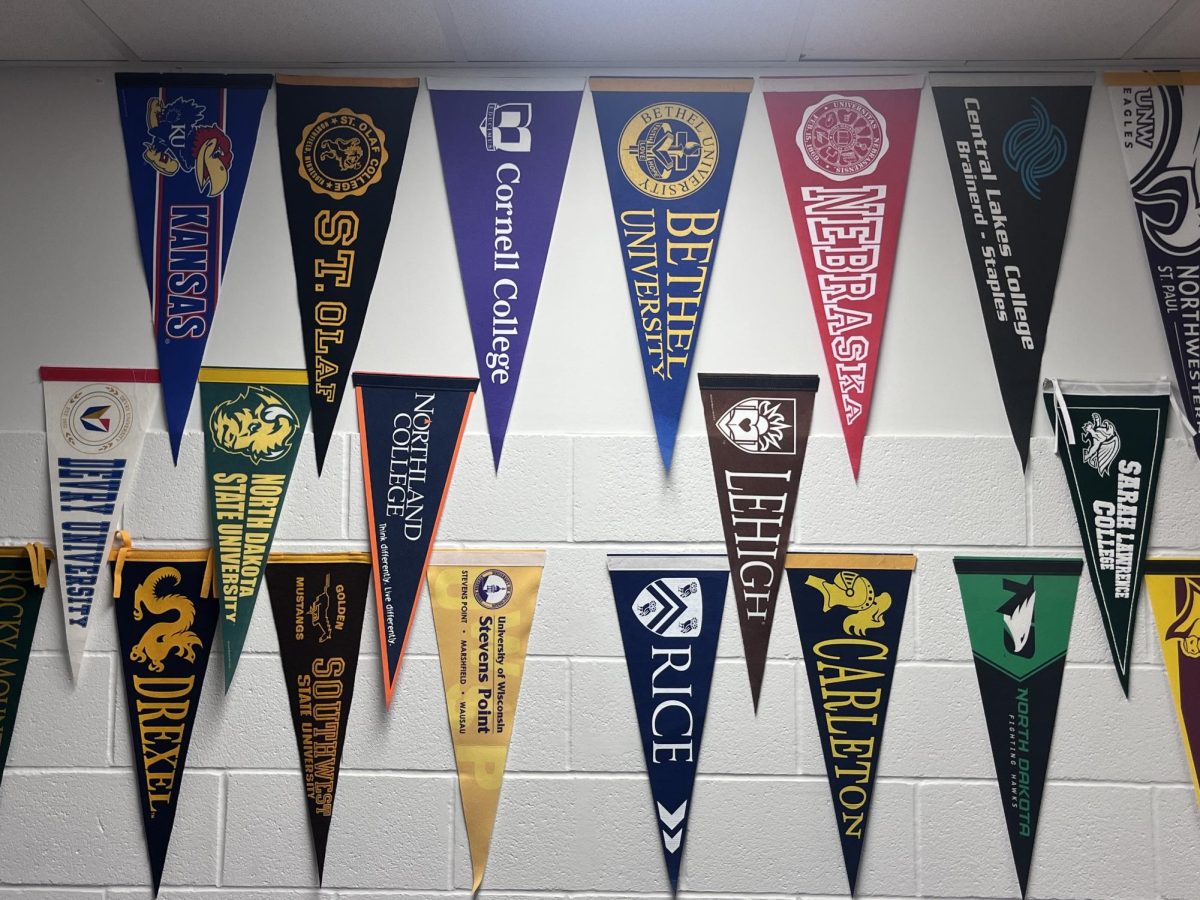Let’s Get Ready to Go to School, Kids! Oh Wait…
Students and teachers alike feel the impact of COVID-19 at RAHS
December 18, 2020
Picture a normal day at Roseville Area High School. Students arrive at school a little before the first bell, stumbling out of cars and off the bus, shoving their way through the halls to first hour. The teachers arrive at the school grounds even earlier, prepared and excited to start the day (only because they had a few cups of coffee first). School commences in an orderly fashion…or as orderly as it can be with around 2,400 students in one building. It’s first hour to fifth hour, with lunch somewhere in between. After approximately seven hours of education, filled with lab reports, quizzes, band practice, or a presentation, students go home, probably to do another seven hours of homework. Or, they go off to their extra-curricular activities. It’s a lot, but that’s the typical lineup for the RAHS community.
Except this is not a typical year, is it?
The majority of schools around the country, including RAHS, were devastated by the shutdown in March, which also left many questions about how education would commence in the foreseeable future. Now, a few months and lots of zoom calls later, the picture of a typical school day is quite different, and it has certainly taken its toll on students and teachers alike.
“It’s so weird to walk into school and see no students and teachers. I miss the chatter, the energy and the space filled,” Naida Grussing-Neitzel, one of the associate principals at RAHS, remarked.
“This is completely new to just about every teacher in our building… so [the] structure that we had in place…like for normal teaching and learning don’t really exist in COVID times,” Ryan Herbenson, a math teacher, commented about the new learning system in Roseville.
Distance learning brings a whole new environment to every student, teacher, and staff member. Instead of bustling halls and in-person classes, most are at home and interacting through a screen. Zoom calls start and end the day now. The completely new system has made a drastic impact on school life at RAHS, and the people participating in this new plan.
The shift to distance learning this school year came with disappointment and sadness. High school is not just a learning environment, it can also be a social environment, and that area seems to be lacking with distance learning.
“Now that it’s all online, we don’t get the social aspect of school, which for most kids is the best part,” Oliver Tran, a sophomore at RAHS exclaimed. “We miss seeing our friends, being able to hang out in the halls, and go to sports games and eat lunch together… I feel disconnected from RAHS and the community because normally we’d be in school getting to see friends.”
In distance learning, high school is just a learning environment above all else. For many students, the special milestones of high school just aren’t the same, or they are cut entirely. For RAHS freshmen, Naima Sheikh-Mohamed, this is the case.
“I feel like the beginning of my high school experience was completely anticlimactic. Last year, I thought I would be experiencing high school fully, but it’s been cut short because of the pandemic.”
Emotions and the overall atmosphere about school are not the only things that have changed because of COVID. Students and teachers feel that their education habits have been modified. There are new technology, tricks, and scheduling issues that come with the COVID education package. For one, the excess amount of screen time is an issue for some of the Roseville High School community, as well as schedule and daily routine changes. For most people, it is all about adapting.
“Leading during the pandemic is very time consuming,” Grussing-Neitzel said. “My own screen time is a concern for me because I am in online meetings for the majority of my day. The ways I used to get a break or relax no longer work the same way so I have to adapt.”
Sheikh-Mohammed commented on having to change her learning habits as well. “I work better in a classroom environment, and it was hard to adapt to regulating my time and spreading my work out accordingly, especially in circumstances like this… I think my procrastination has skyrocketed because of distance learning. Although I get my work done, it’s not in a timely fashion. It’s often in a stressful manner as well.”
COVID-19 has illuminated a new side of education to the public. Many students and teachers’ views on education have changed along with the new system, and some are not positive.
“I think… my view has changed in that it [distance learning] brings to light some of the inequalities that are existent in regular school. It’s kind of amplified those inequalities in distance learning,” Herbenson remarks.
Sheikh-Mohammed was also not too positive with her review. “I think COVID has shown me that our education system isn’t prepared to handle emergencies like this.”
COVID-19 shifted how schools are run and revealed, that there is also copious change needed in our education system. Although we have seen its worst with the virus, there is still some good to come out of this impactful experience. Grussing-Neitzel is optimistic on the next few years in her field.
“I am hoping the pandemic will be a positive pivot point in our education system. We have long needed a reset in our system so that it meets the needs of the students today… and we have certainly seen some positive changes happening rapidly in education. The impact of the racial, economic, public health, and civil rights crisis happening right now is that it will require change to happen where before it may have seemed optional to some people.”
The normal day in education isn’t what most people at RAHS were picturing a year ago, and that impacts their experience today. The upcoming trimesters are bound to bring new surprises for everyone. There may not be as much physical interaction and connectivity, but Grussing-Neitzel points out that “We are all connected through this shared experience of the pandemic and I think that there is opportunity for unity in this ongoing occurrence.”

